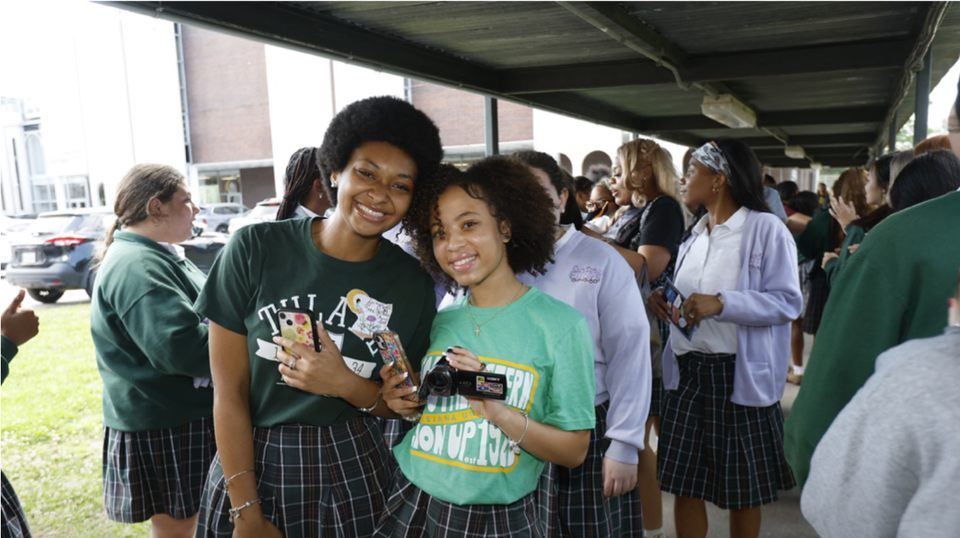As a native New Orleanian, Tulane University was always my top choice due to its outstanding reputation and proximity. As a Black woman from New Orleans, I have been exposed to many different ethnic communities, as the schools I attended were ethnically diverse.
When I decided to go to Tulane, I saw it as attending a university just 20 minutes from my neighborhood, New Orleans East. I was aware of the lack of diversity in Tulane, but I didn’t understand it until I began as a student.
During orientation week, I found myself questioning why there were hardly any people of color, and why seemingly everyone was from the East and West Coasts. Despite being a part of the 57% of New Orleans’s Black residents, I was now a part of the mere 6% of the Black students at Tulane.
New Orleans has a rich culture that can be reinforced by the unique, personal experiences of one’s upbringing. The Red Bean Monday tradition is one for many households. Every kid had caught a Zulu coconut by the age of three, knew how to peel crawfish by the age of five, had their own New Orleans Original Daiquiri by the age of eight and had been to a birthday party hosted on a party bus by the age of 13.
During my first semester, I came across students who asked questions like, “Why are the streets so bad?”, “Why do the streets have such weird names over here?”, “Why do New Orleans people talk like this?” Racism comes from students, specifically white students, referring to Black neighborhoods as “the ghetto” and mocking our dialect.
What surprised me was the fact that students could act like this. Half the people in the room would often agree with them and act similarly. Maybe one person from Louisiana, or at least the South, would correct their behavior.
I discovered that the only people I resonate with are those who work for Tulane, especially the Malkin Sacks Commons workers and security guards. I have overheard my West Coast peers complaining about the local Rouses market because they did not sell kale, as if Southerners even eat kale!
I found myself in many positions where it became clear that my presence, specifically as a Black woman, was not wanted by many of my peers. Walking around campus, I have been met with stares and dirty looks. Eventually, I found myself questioning why people were acting like that. The answer is that the “Tulane Bubble” stereotype is real.
The Boot is an extension of that bubble. I recall one time when the DJ was playing New Orleans bounce music. I noticed all the white kids spread out and stare as the Black students began dancing. As a native New Orleanian, it was strange to experience. Music plays a huge role in New Orleans’s culture through its jazz scene and its ever-emerging hip-hop and bounce scene. Yet, despite Tulane being in New Orleans, this part of the culture is not prominent on campus.
“Here, everyone wants to get [drunk], but Downtown, they just want to eat and talk… and enjoy your company,” first-year Lola Cameron said.
I do not think my comments reflect the university as a whole. There are student-run organizations that promote diversity, such as the Black Student Union. Tulane admissions has put efforts into making improvements towards the school.
“With the Class of 2028, we enrolled the third most ethnically diverse first-year class in Tulane history and enrolled students from more than 50 countries of citizenship – a university record.” Shawn Abbott, vice president for enrollment management and dean of admission, said.
From Deidre Dumas Labat and Reynold T. Décou being the first Black graduates of Newcomb College and Tulane University in 1966 and 1967, to today, there has been a clear change in diversity in the student body. Yet, there is still a long way to go.
One day, I hope New Orleans culture will be visible throughout the university and the way the student body operates. Instead of students having to travel 20 minutes out just to see the city for what it is, they will learn through a student sitting right next to them in their classroom.




Leave a Comment